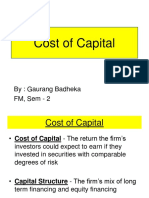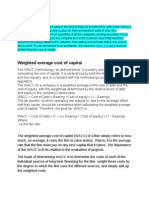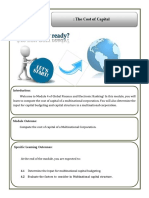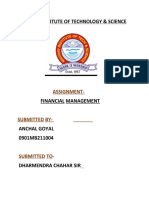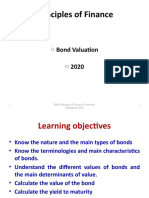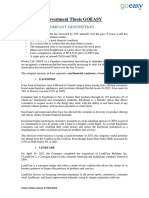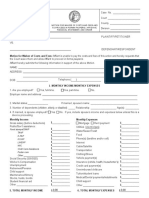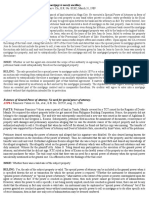0% found this document useful (0 votes)
16 views22 pagesFM Notes
The document provides an overview of the cost of capital, which is the cost of funds used to finance a business through equity and debt. It explains the components of cost of equity and cost of debt, the concept of Weighted Average Cost of Capital (WACC), and methods for calculating Net Present Value (NPV) and Internal Rate of Return (IRR). Additionally, it discusses the importance of financial metrics like terminal value and the time value of money in investment decision-making.
Uploaded by
1807ajayrawatCopyright
© © All Rights Reserved
We take content rights seriously. If you suspect this is your content, claim it here.
Available Formats
Download as DOCX, PDF, TXT or read online on Scribd
0% found this document useful (0 votes)
16 views22 pagesFM Notes
The document provides an overview of the cost of capital, which is the cost of funds used to finance a business through equity and debt. It explains the components of cost of equity and cost of debt, the concept of Weighted Average Cost of Capital (WACC), and methods for calculating Net Present Value (NPV) and Internal Rate of Return (IRR). Additionally, it discusses the importance of financial metrics like terminal value and the time value of money in investment decision-making.
Uploaded by
1807ajayrawatCopyright
© © All Rights Reserved
We take content rights seriously. If you suspect this is your content, claim it here.
Available Formats
Download as DOCX, PDF, TXT or read online on Scribd
/ 22











